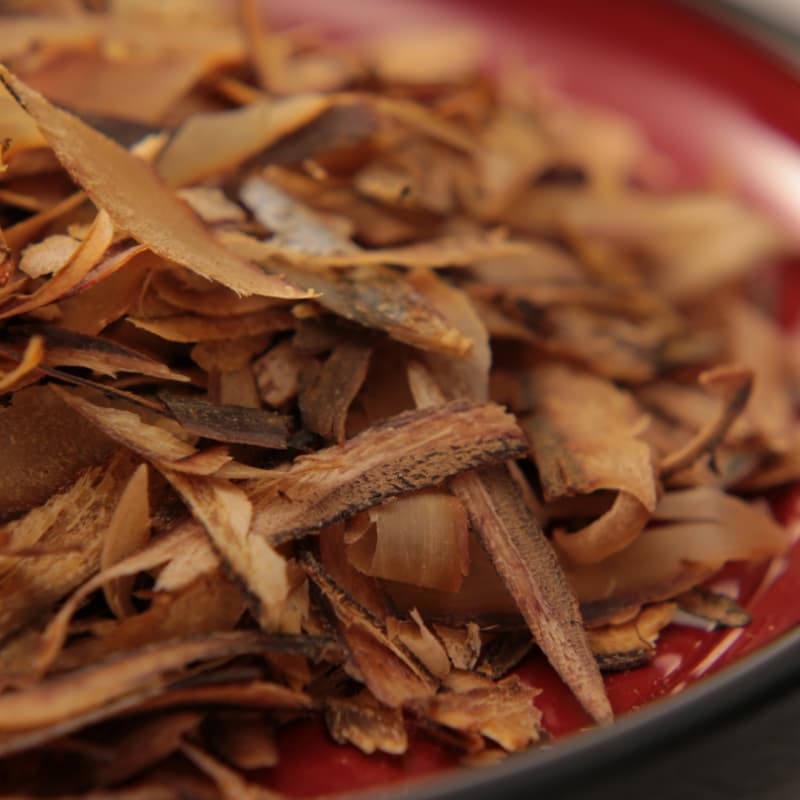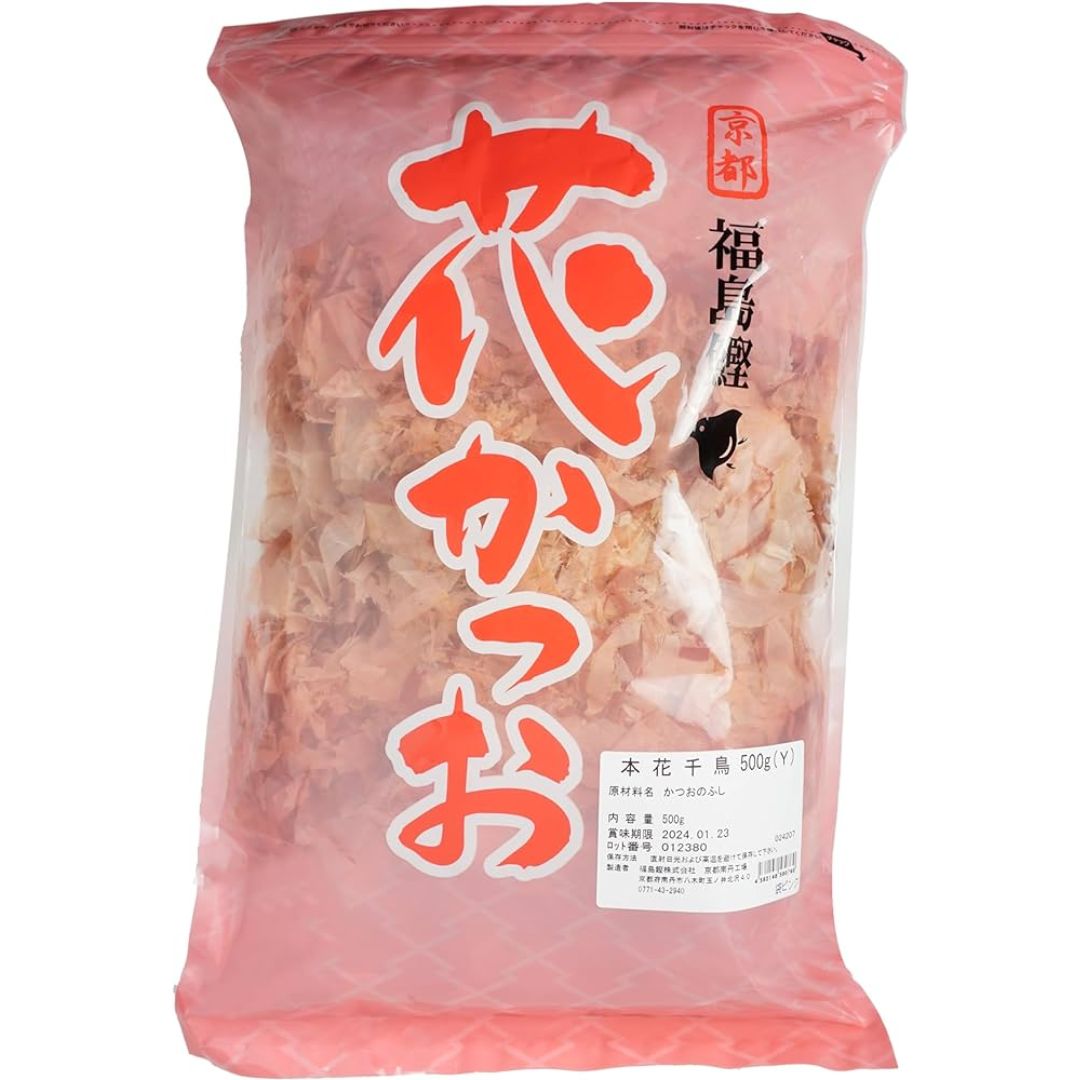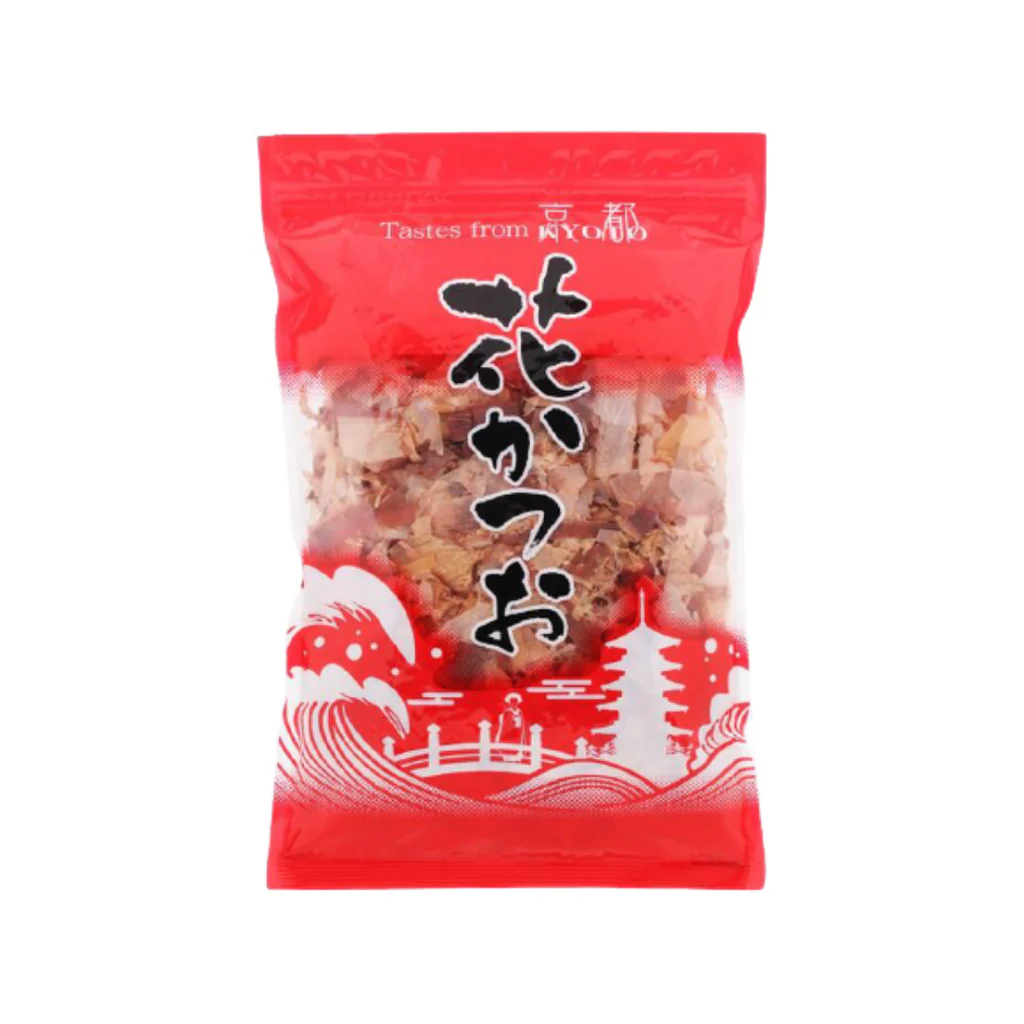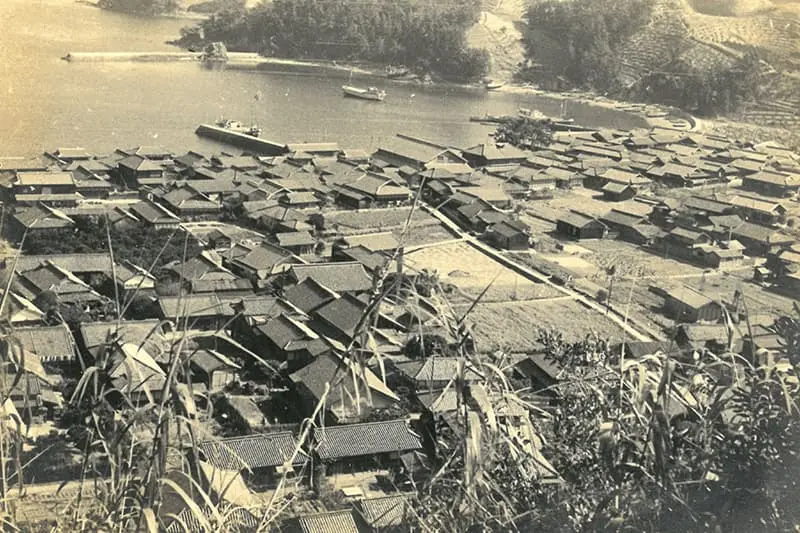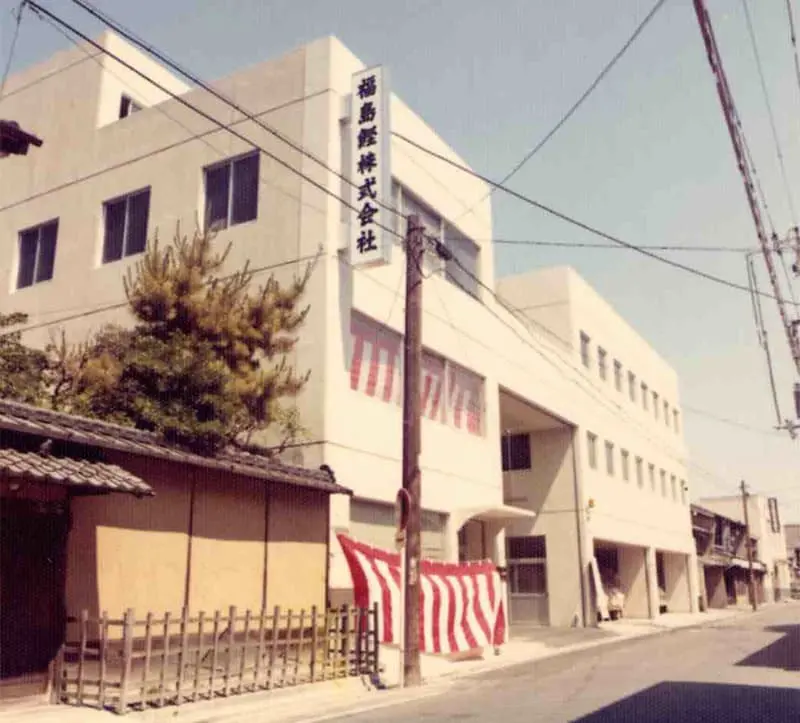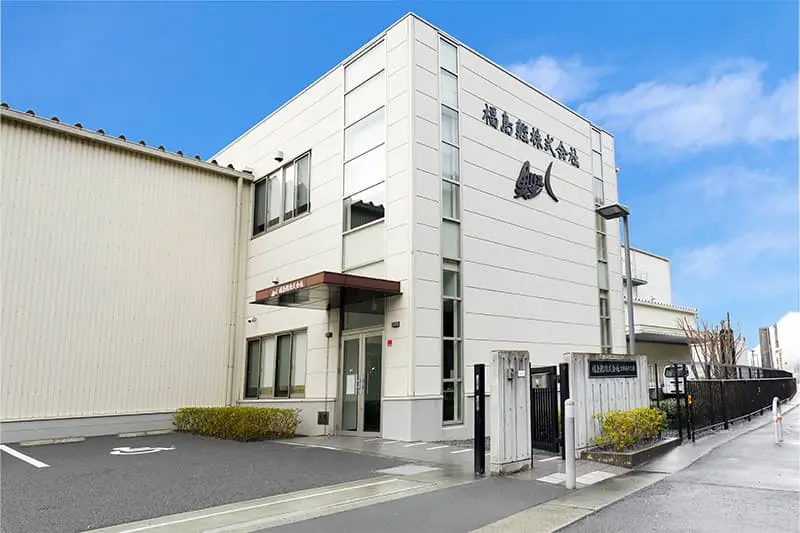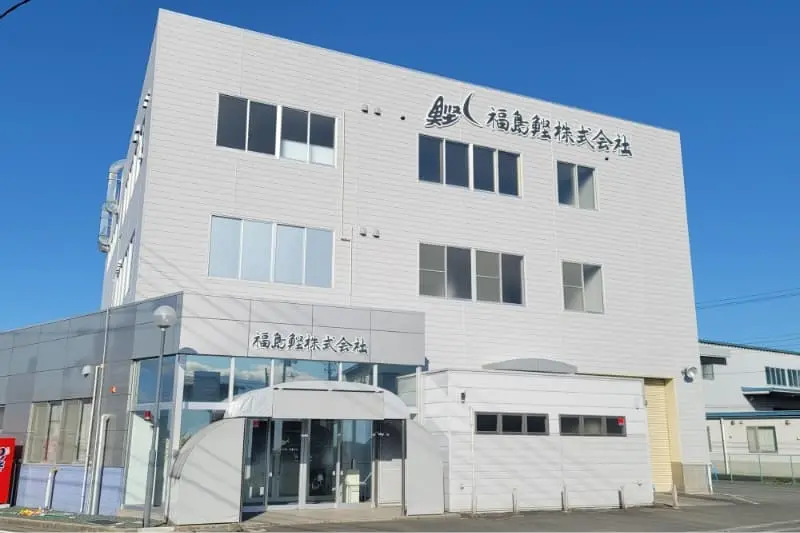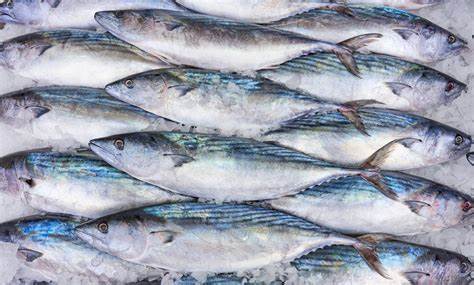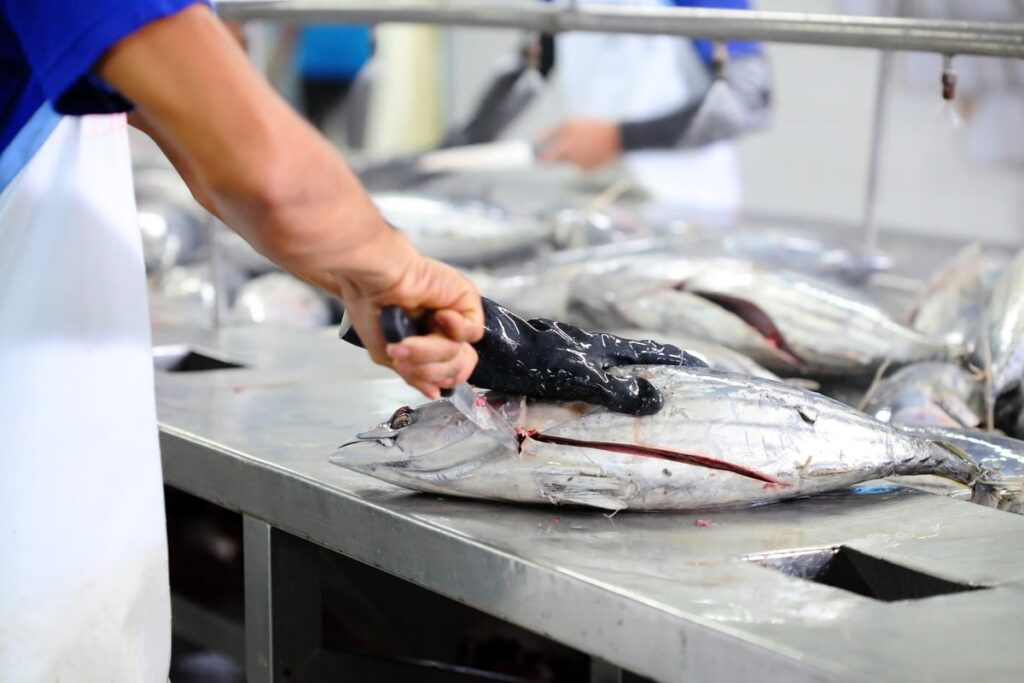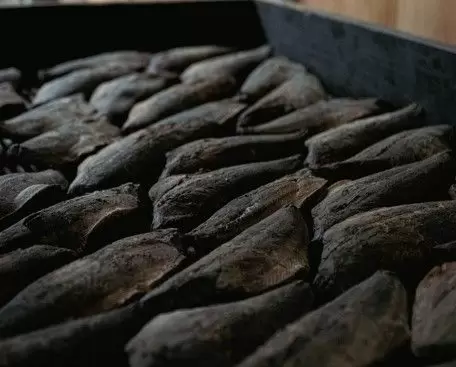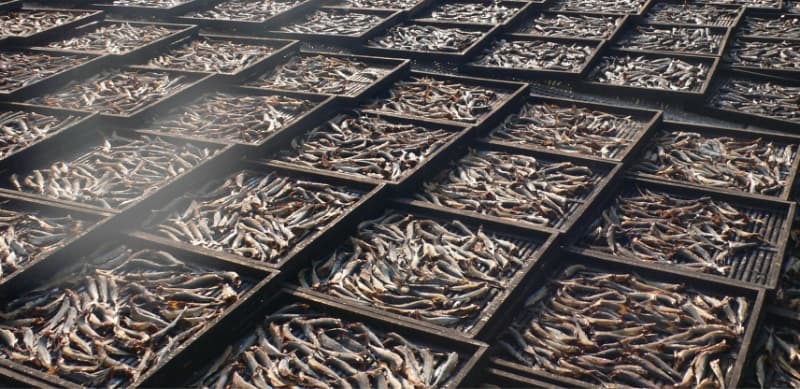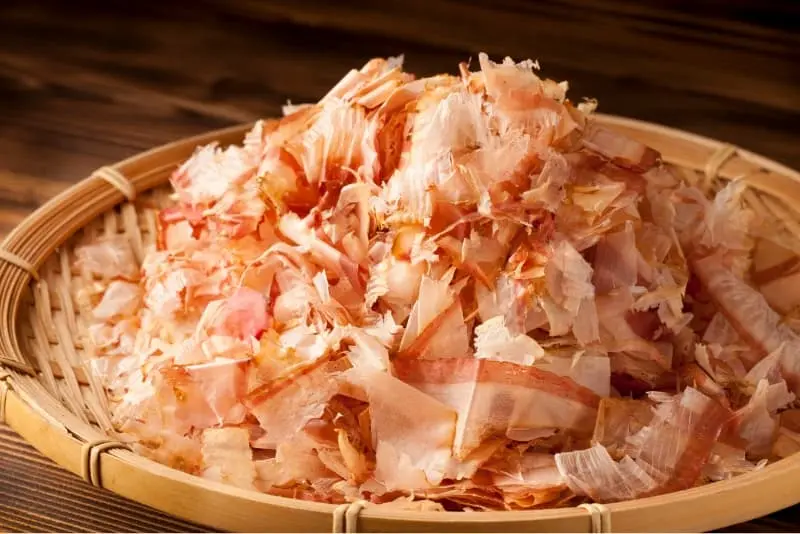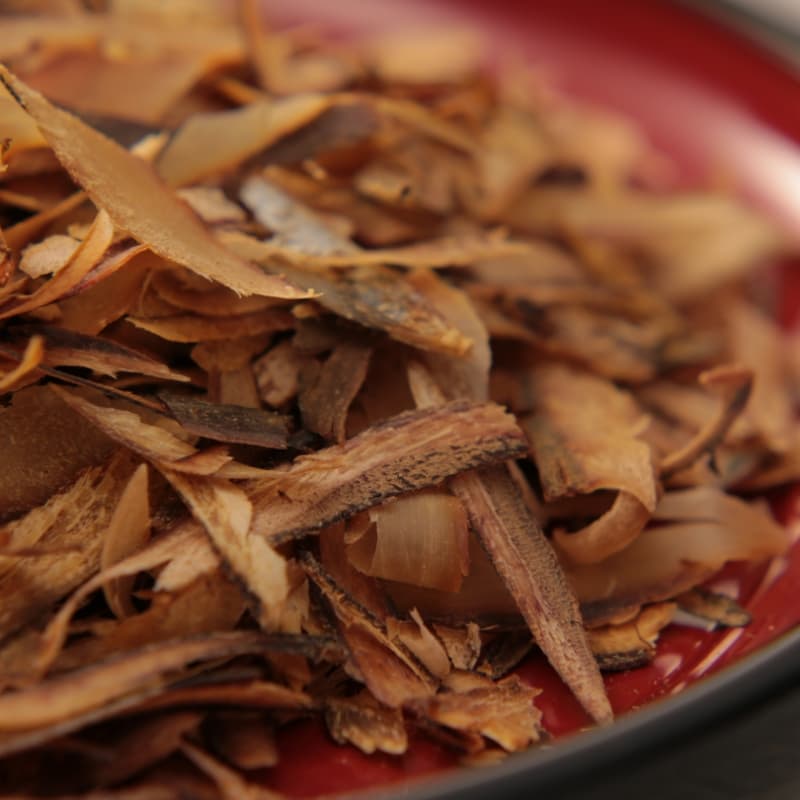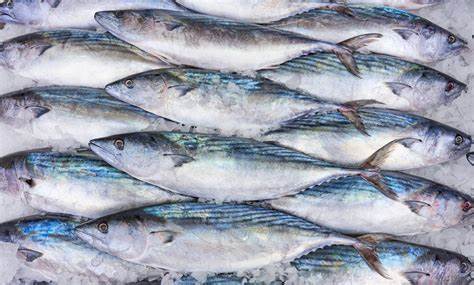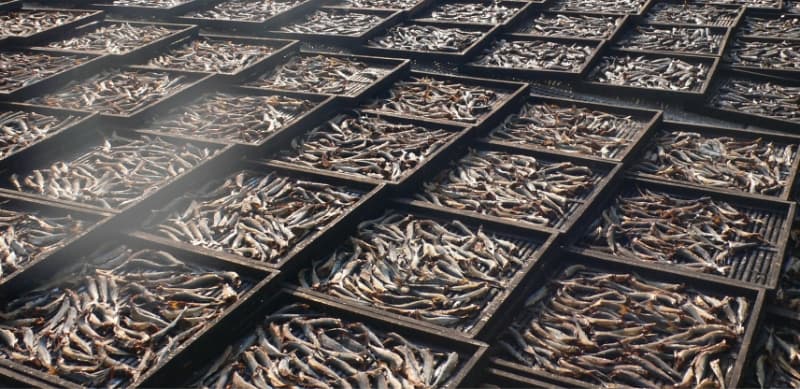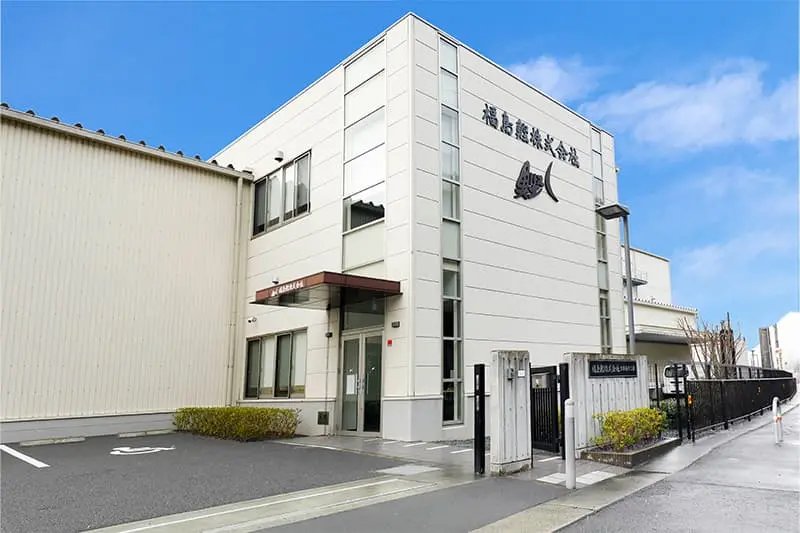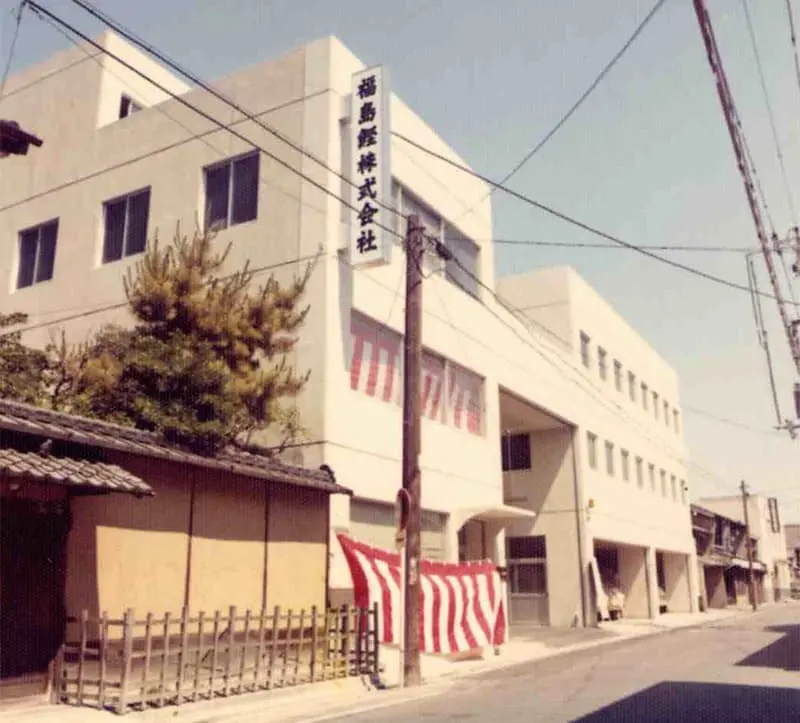ABOUT
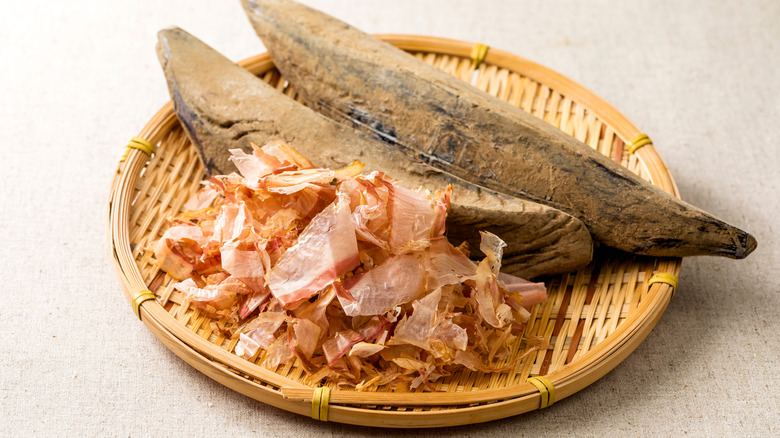
Fukushima Katsuo is a popular brand of dried bonito, also known as katsuobushi, a key ingredient in Japanese cuisine. The name "Fukushima" refers to the region where the fish are processed, which is Fukushima Prefecture, located in the Tohoku region of Japan. Katsuobushi is made by drying and fermenting skipjack tuna (katsuo) to create a product that is used to make dashi (a type of broth), flavoring soups, sauces, and various dishes. Fukushima Prefecture is known for its high-quality katsuobushi, and Fukushima Katsuo is particularly well-regarded for its meticulous production process, which involves carefully drying and smoking the fish to develop rich, umami flavors. This product is an essential part of traditional Japanese culinary culture, prized for its taste and versatility.We have the industry’s best process for maintaining the flavors of natural ingredients. This includes everything from building relationships with the area of production and screening ingredients to the storing and distribution of products.
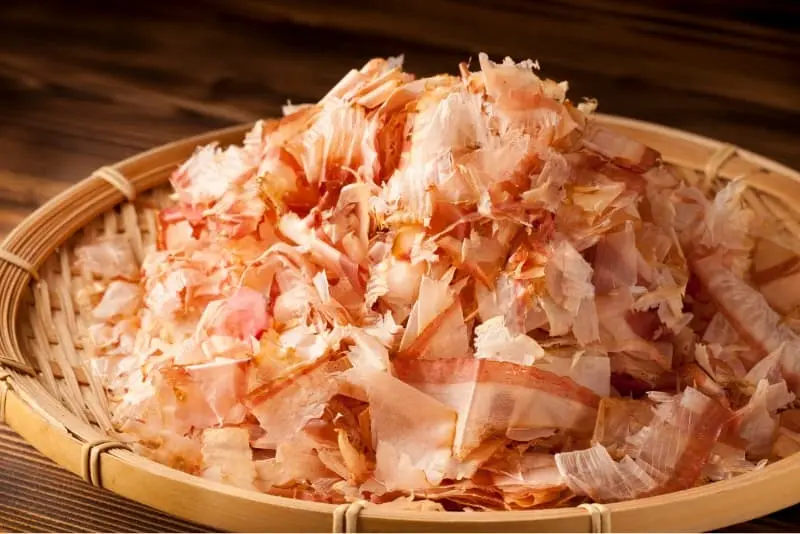
OUR PRODUCT
Rich in Protein
Katsuobushi is an excellent source of protein, which is essential for building and repairing tissues, and it supports muscle growth and overall body function. It’s a great addition to meals, especially for those looking to increase their protein intake.
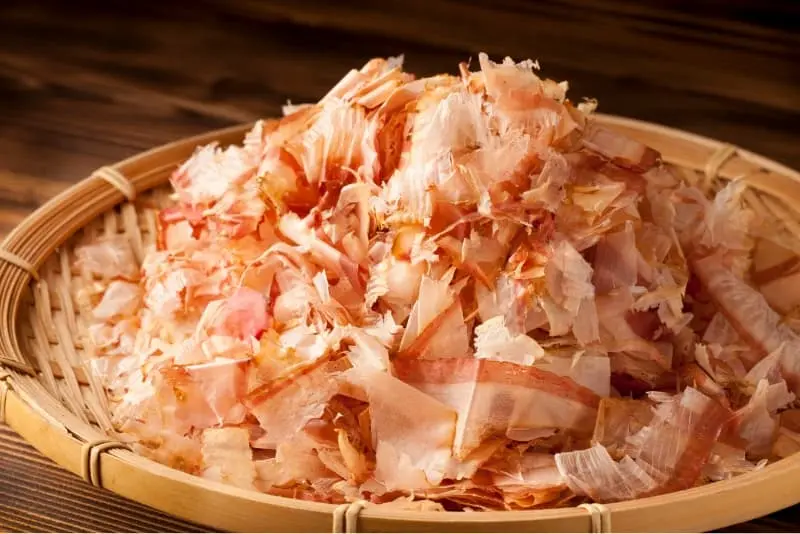
Boosts Immune System
The amino acids and other nutrients in katsuobushi contribute to a healthy immune system. It contains essential compounds like omega-3 fatty acids, which can help reduce inflammation and support overall immunity.
Source of Essential Nutrients
Vitamins and Minerals: Katsuobushi is a good source of B vitamins, particularly niacin (B3) and riboflavin (B2), which play vital roles in energy production, nerve function, and red blood cell formation. It also contains minerals like potassium, magnesium, and calcium, which support heart health, muscle function, and bone strength.





